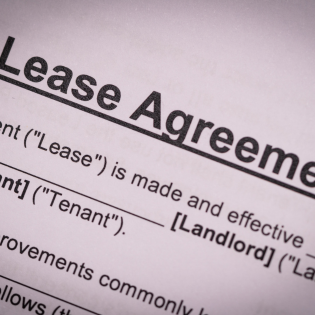DC Helicopters – England
On 22 September 2009, a Schweizer 269C-1 helicopter departed from Blackpool Airport carrying an instructor and a student on a training flight. The US-manufactured helicopter was seen performing manoeuvres before a distress call was received at 12:10pm. Eye witnesses then saw the helicopter flying very low before it crashed in Barnaby Sands nature reserve, killing the instructor and the student.
The Air Accident Investigation Branch (AAIB) published an accident report in which they were unable to identify the exact cause of the fatal crash, which occurred while the helicopter was in an autorotation (gliding) descent with idle or little engine power. Unfortunately, small helicopters such as this were not required to be fitted with Flight Data Recorders (FDR) or Cockpit Voice Recorders (CVR), meaning that the AAIB did not have this important real time evidence on the aircraft systems and what the crew were saying / doing in the lead up to the accident.
After reviewing the accident report, Jim Morris considered that, in the circumstances, it was very unusual that the instructor pilot had not applied power to stop the descent, if power had been available.
At the Inquest, Jim Morris used his trial and aviation experience as counsel for the families and questioned pilot and engineering experts from the AAIB as well as other helicopter pilots and eye witnesses. The additional evidence that he was able to obtain from these witnesses resulted in the jury coming to the verdict that the cause of the accident was loss of useful engine power, not pilot error.
In addition, following representations from Jim, at the conclusion of the Inquest the Coroner made recommendations to the UK Civil Aviation Authority (CAA), the European Air Safety Agency (EASA) and the US Federal Aviation Authority (FAA) that they require Schweizer Aircraft Corporation to make amendments to the Schweizer Flight Manual.
In terms of the families’ legal claims for their losses, the evidence obtained and the Inquest verdict transformed their cases. On the contents of the Final Accident Report, there was not sufficient evidence to bring a product liability case against the manufacturers. The Inquest enabled them to file their cases in Philadelphia, USA, against the aircraft and engine manufacturers. These cases subsequently settled with the US defendants, which meant that the families obtained the very best legal outcome and could start the process of re-building their lives.
This case is another example of how specialist representation at an aviation Inquest can greatly assist families’ legal claims and put pressure on the industry and associated entities to implement measures to improve flight safety.







